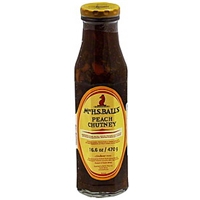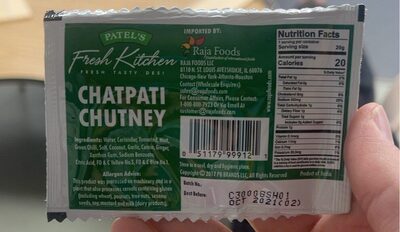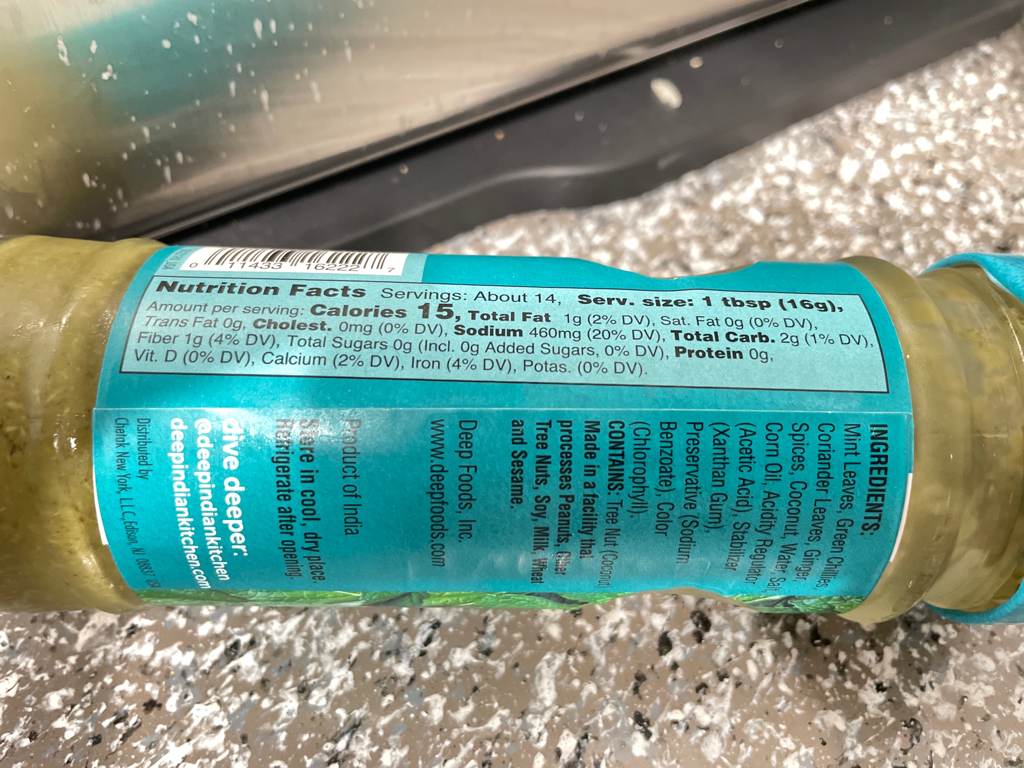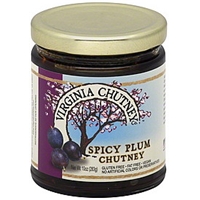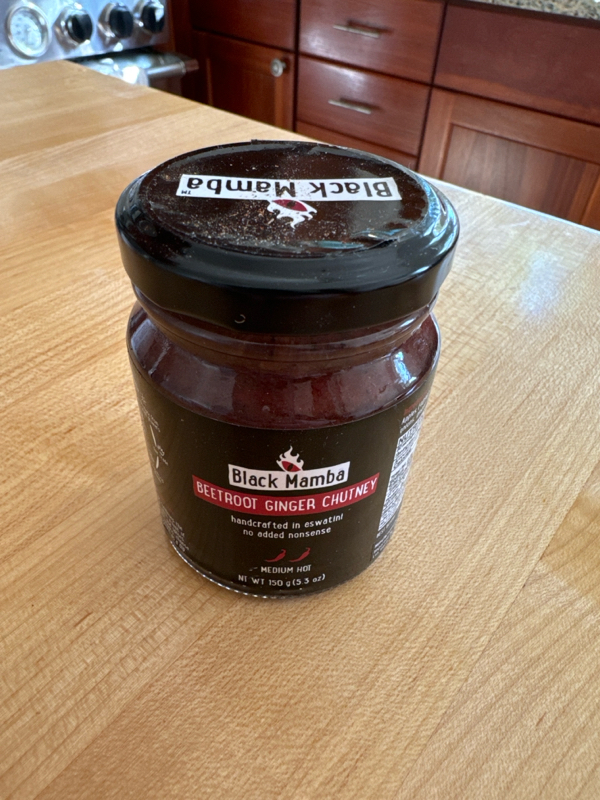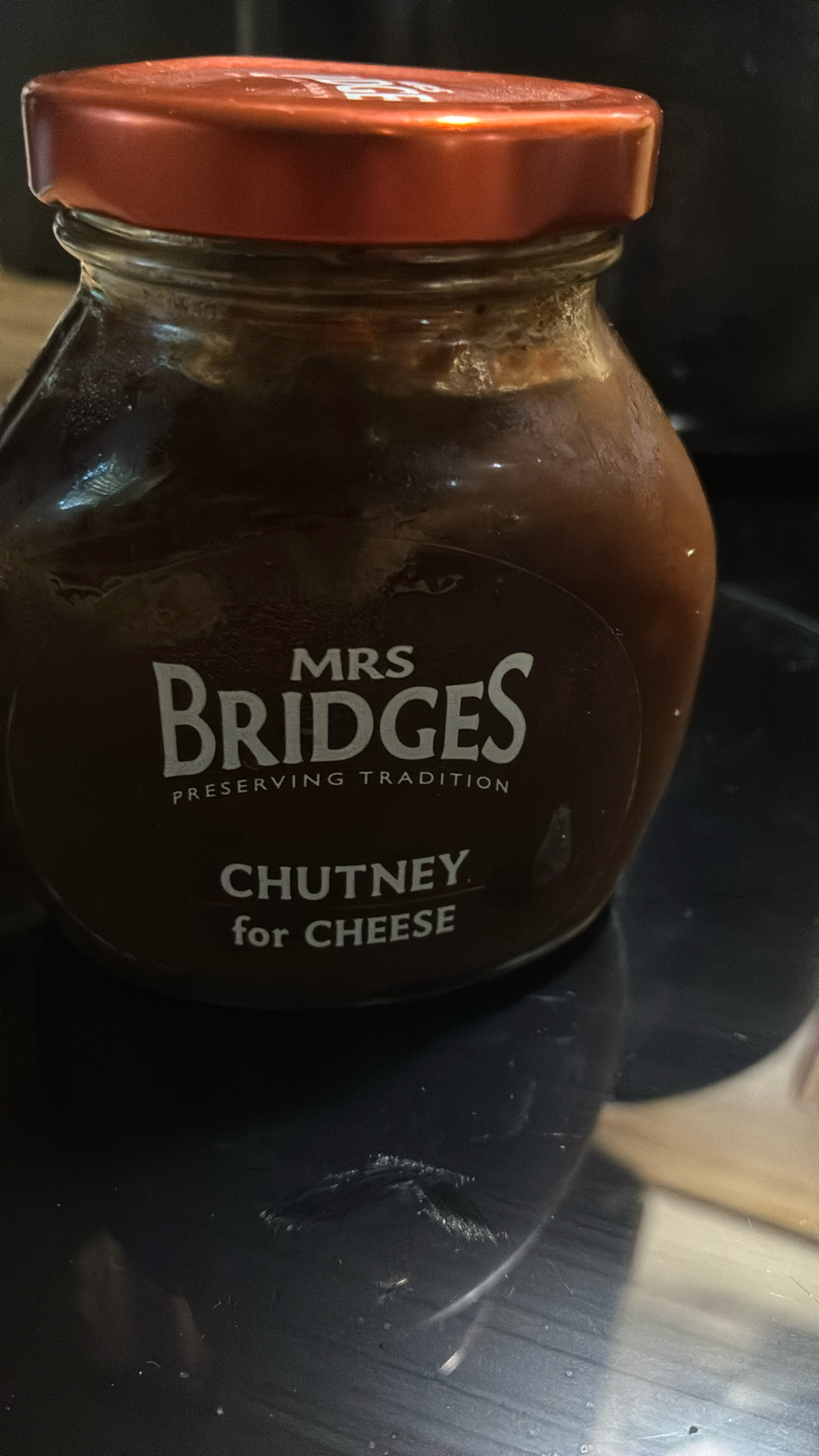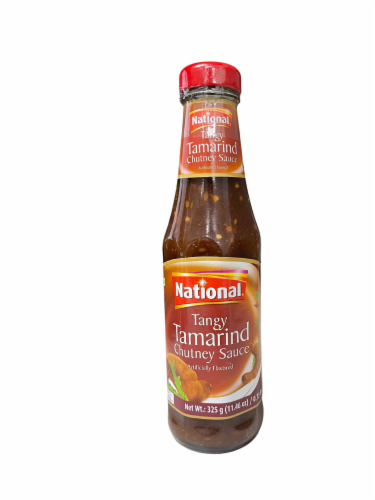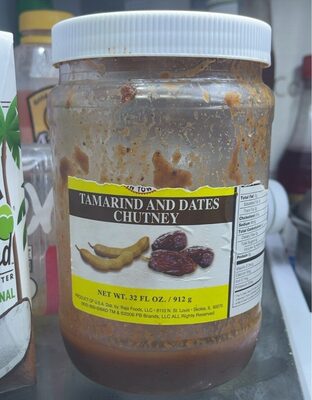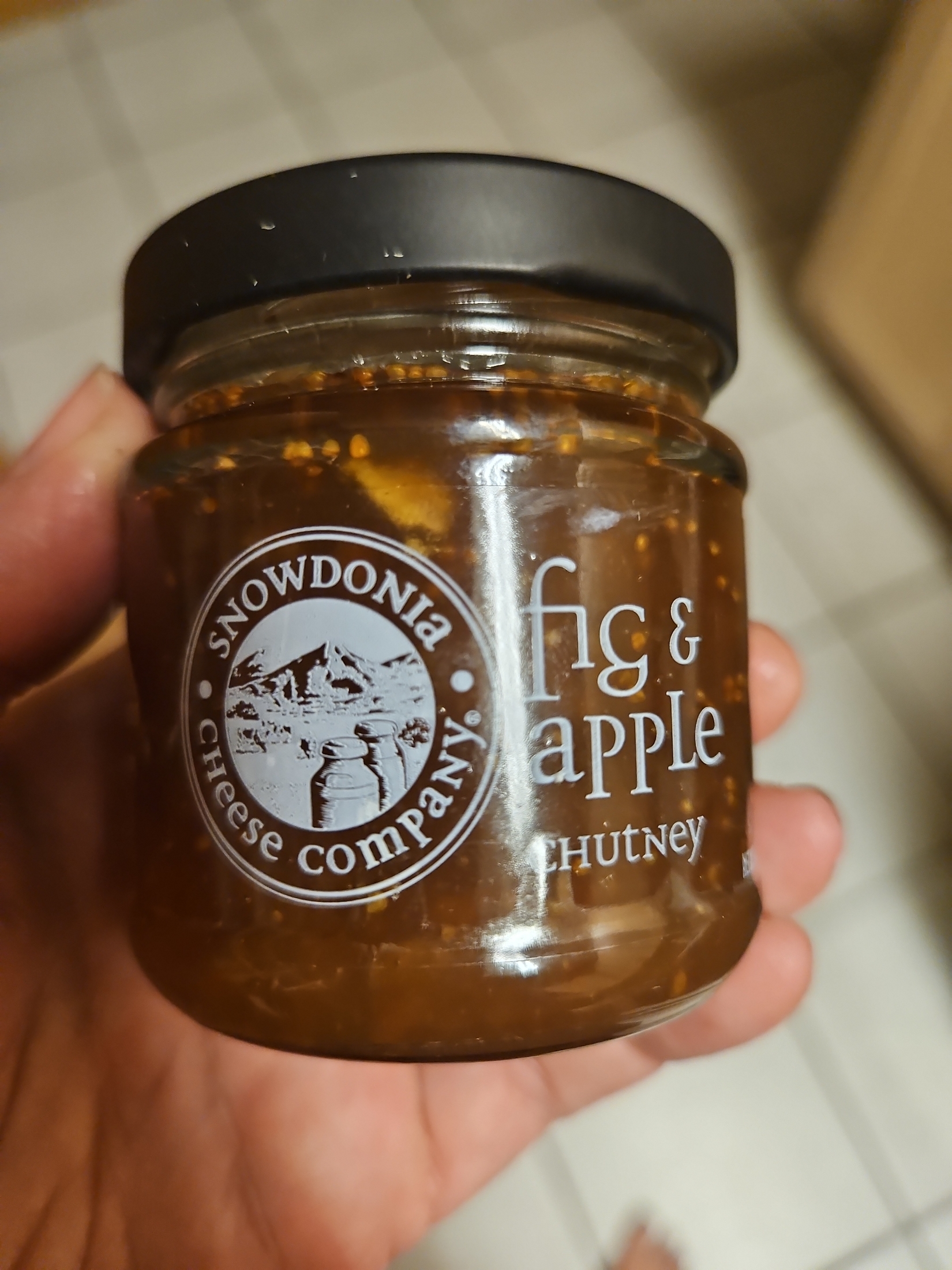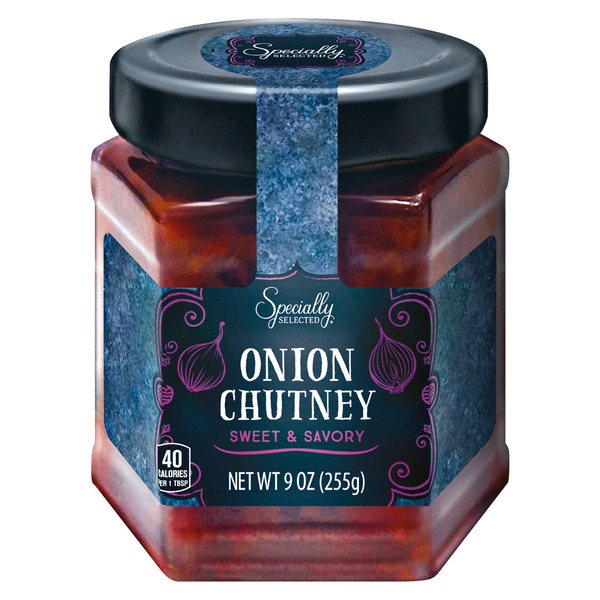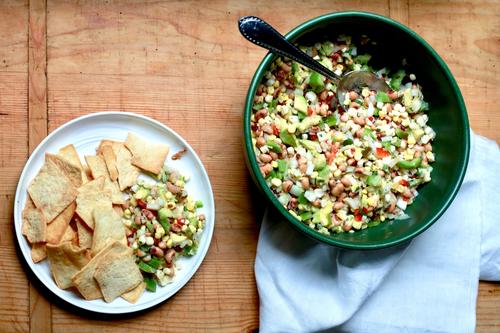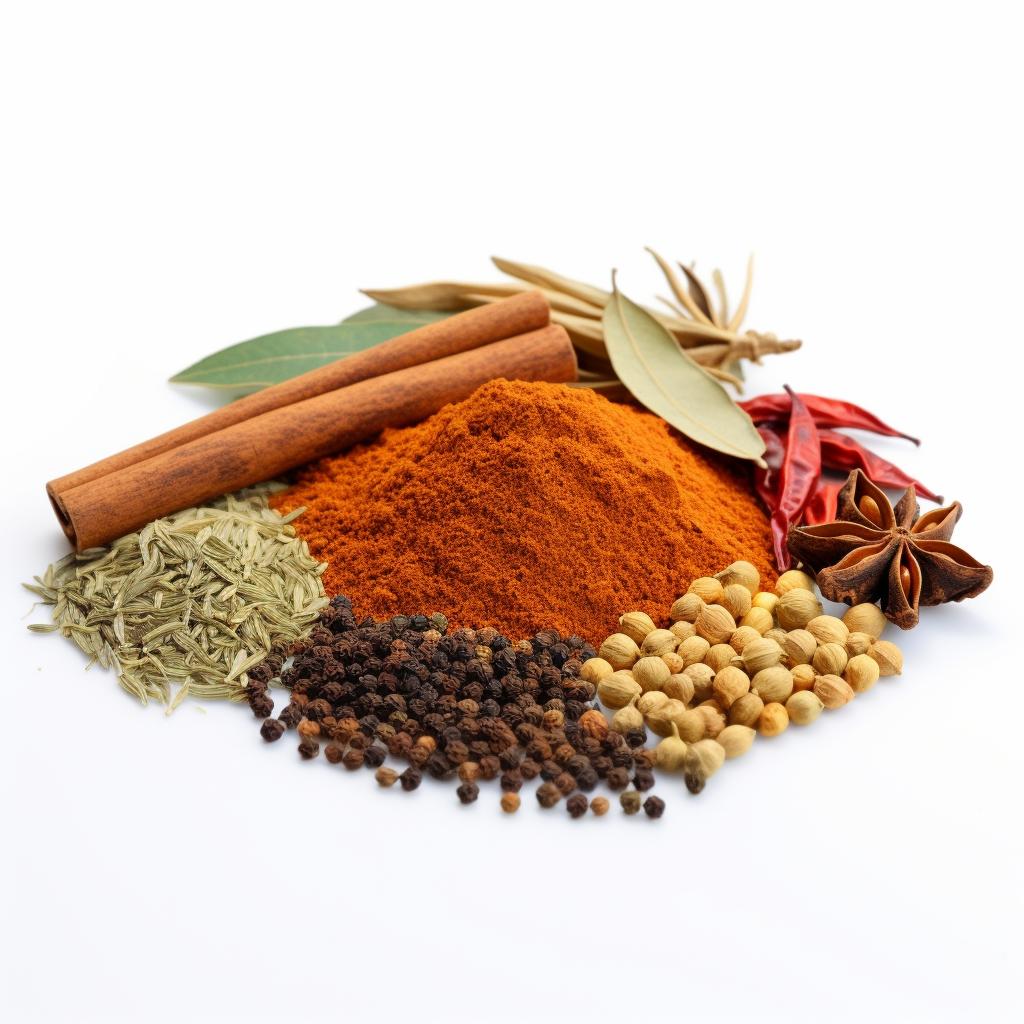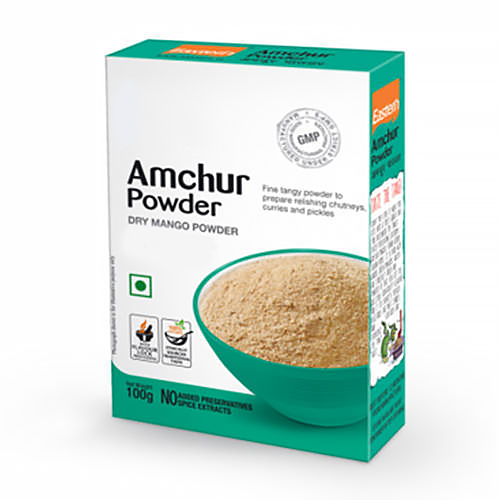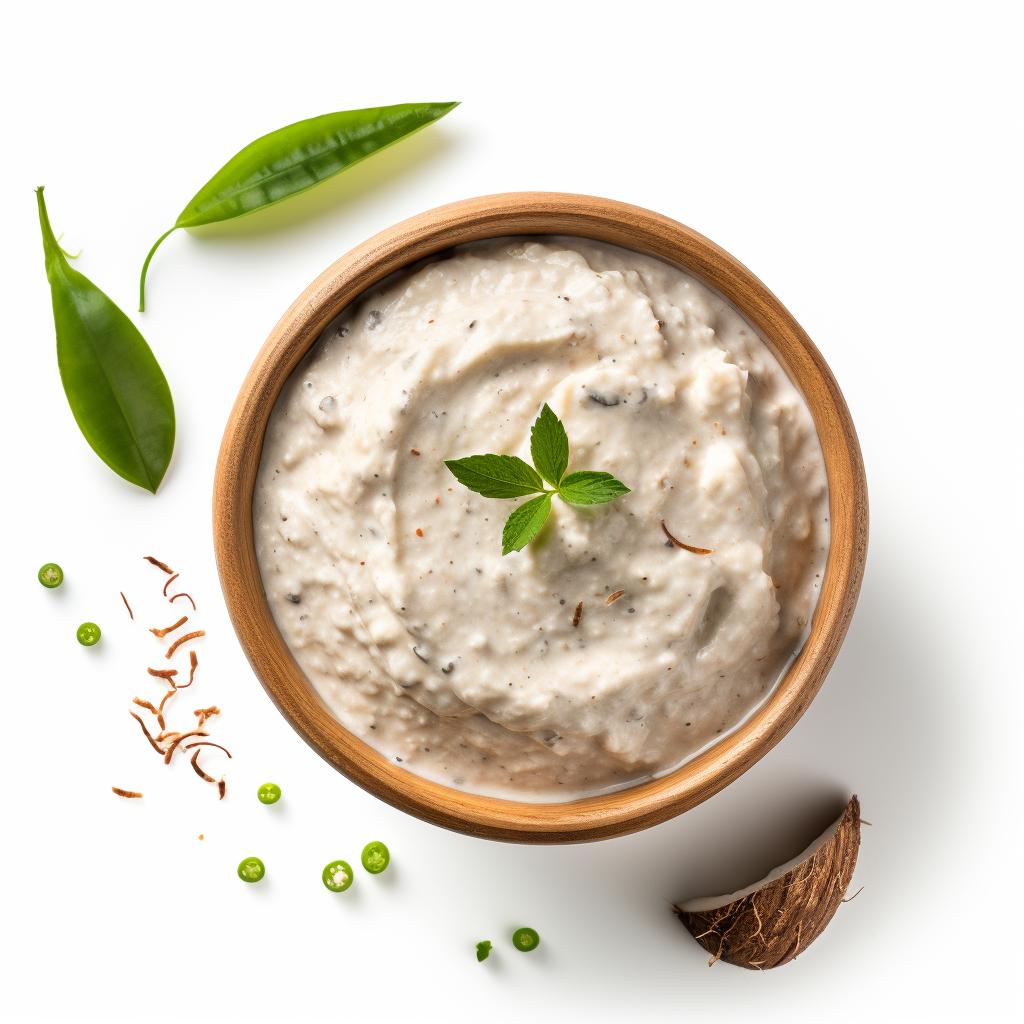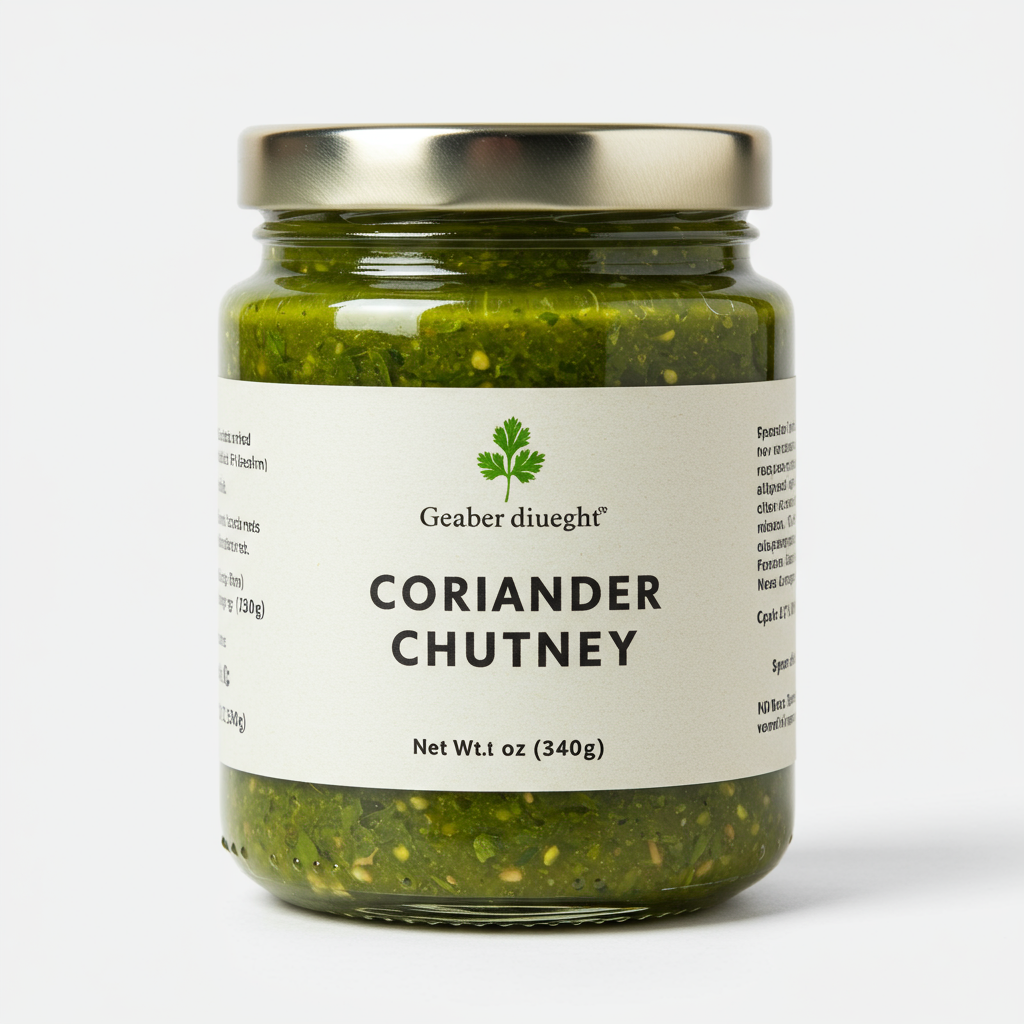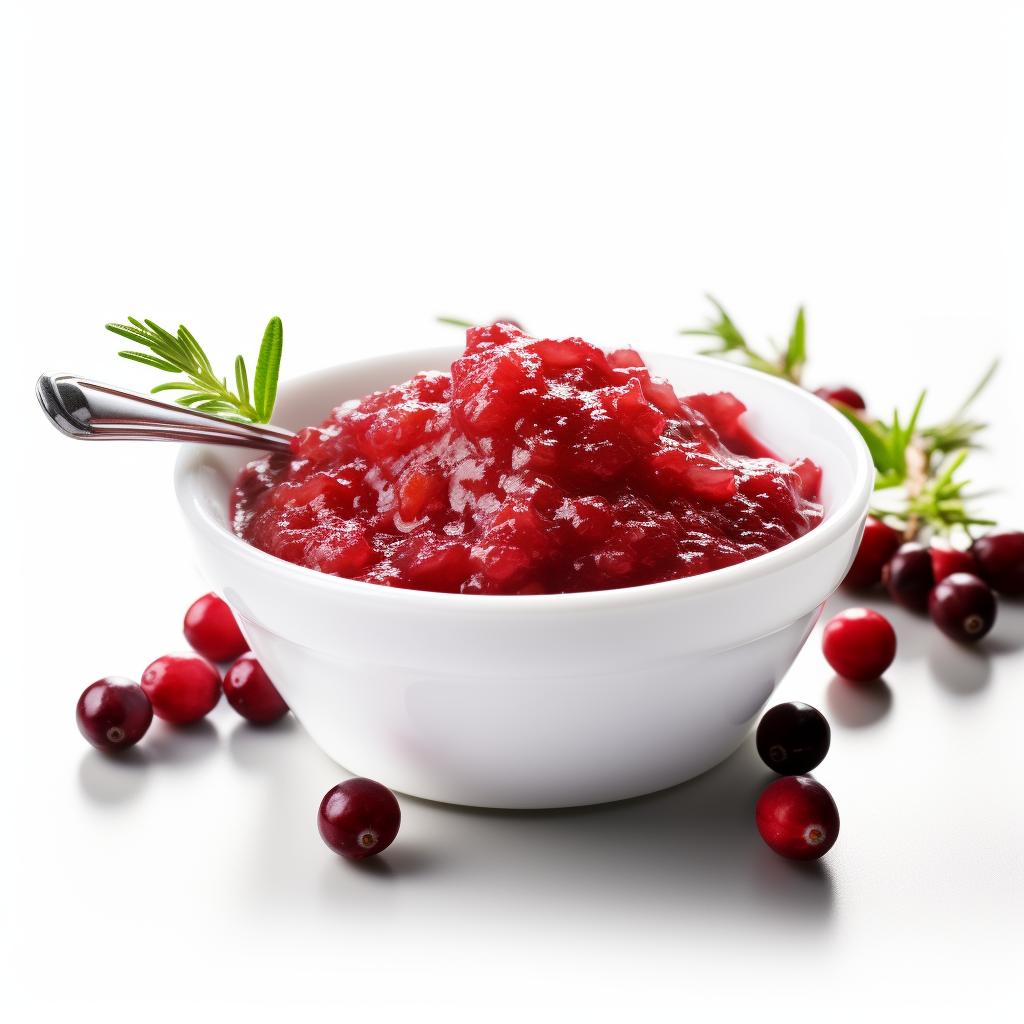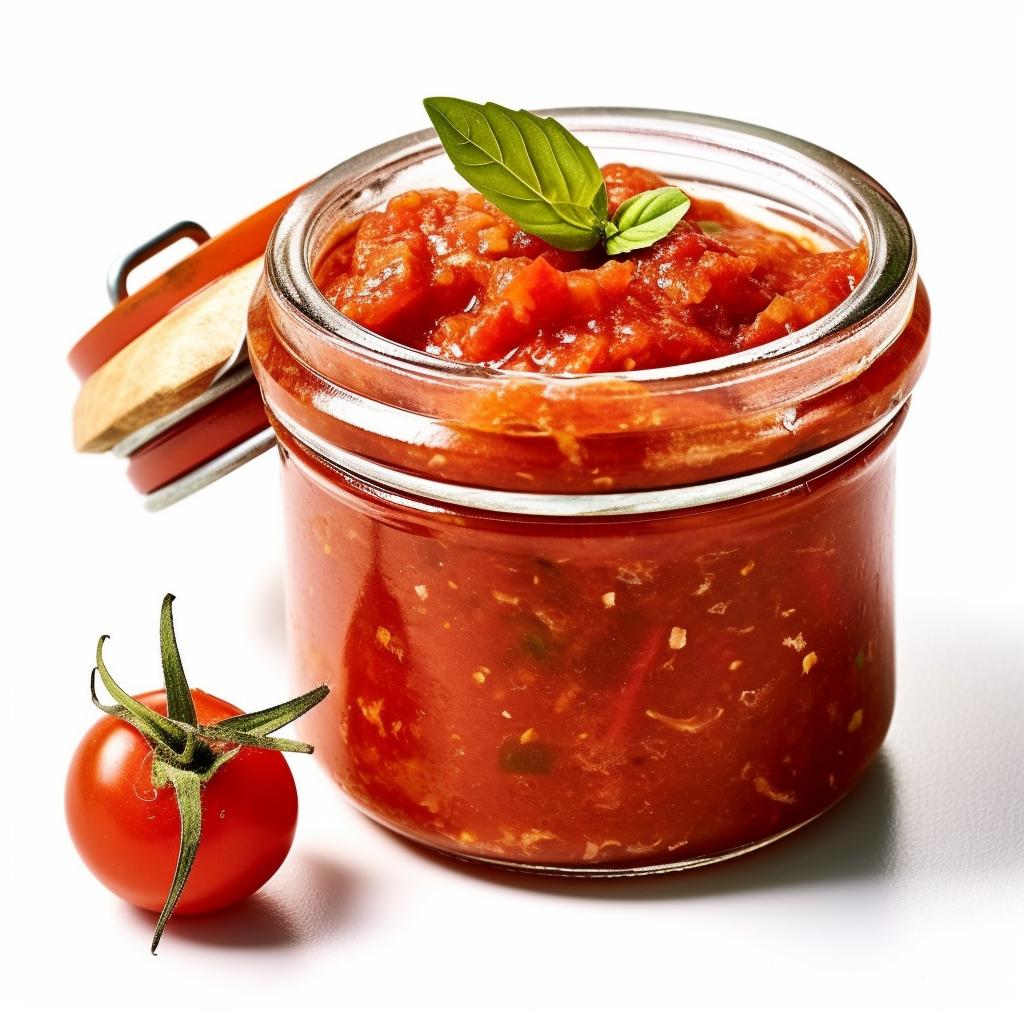CONDIMENTS AND SAUCES
Chutney
Chutney, a popular condiment originating from India, consists of a blend of fruits or vegetables, spices, sugar, and vinegar. It is often used as an accompaniment to dishes like curry, grilled meats, sandwiches, and rice dishes, enhancing the flavors of each meal. Chutneys come in numerous varieties, including sweet, tangy, and spicy, depending on the ingredients and spices used in their preparation.
Home cooks and consumers enjoy chutney for not only its versatile flavors but also its ease of preparation. Store-bought options can conveniently be used, or homemade chutneys can be created through simple cooking processes, such as simmering the desired ingredients until the mixture thickens and reaches the desired consistency.
100%
CARBS
0%
FAT
0%
PROTEIN
396 Chutney Products
3 Recipes for Chutney
Chutney Is Frequently Used With
Chutney FAQ
When it comes to using chutney in cooking, the most common issues arise from not fully understanding its versatility or how to marry its flavors with other ingredients. People often forget that chutney is not only a condiment but also a flavor enhancer. From spicing up your sandwich to adding an extra zest to your curries, chutney can transform your dishes.
Depending on the type of chutney, the taste can vary from sweet to tangy to spicy. This makes it important to add chutney in amounts that align with personal taste preferences. However, another way to get the most out of chutney is by using it in marinades. The acidity of the chutney helps to tenderize the meat while imparting a depth of flavor typically associated with slow cooking.
Some tips and tricks? Use chutney as a salad dressing. Mix it with a bit of olive oil and toss it through your greens for a tangy-sweet kick. You can also spice up your breakfast by spreading sweet chutney on your toast or mixing it into yogurt with a sprinkle of granola. For enthusiasts of the savory, pairing chutney with cheese platters really allows for an exploration of the palate. The tanginess of the chutney cuts through the richness of the cheese, balancing flavors beautifully.
How to cook with chutney?
Can I use chutney in baking?
How to choose the best chutney?
How can I balance sweet chutney in a savory dish?
Can I make homemade chutney?
What dishes go well with chutney?
How to spice up dishes with chutney?
When should I add chutney to my dish during cooking?
Which spices go well with chutney?
Can chutney replace sauces in recipes?
Expiration & Storage Tips
When does chutney expire?
Unopened store-bought chutney will typically last for about 1-2 years beyond the 'best by' date on the package, provided it's stored in a cool, dark area. Once opened, chutney should be refrigerated, which should extend its shelf life to about 1-2 months. For homemade chutney, it typically lasts for up to 1 week in the fridge or up to 1 year if properly canned and unopened. Once opened, eat it within 1-2 weeks. For frozen chutney, one can safely store it for up to 2 months, though it may lose some of its texture and flavor over time.
How do you tell if chutney is bad?
To determine if chutney has gone bad, start by looking at its appearance. If it has a discolored surface or appears to have mold growing, it should not be consumed. Additionally, a sudden or strong off smell is a sure sign that chutney has spoiled. Lastly, if you see leaks or bloating in the can or jar, this usually indicates a bacterial infection and should be discarded immediately. Always remember, when in doubt, throw it out.
Tips for storing chutney to extend shelf life
• Store your chutney in the fridge in a tightly sealed jar or airtight container. Once opened, always use a clean spoon to take chutney out of the container to avoid contaminating it with bacteria.
• For homemade chutney, if you want to store it longer, you can use the canning method. This involves sterilizing the jars you're using, filling them with chutney, and then sealing and boiling them to create an airtight seal.
• If you're looking to freeze chutney, portion it out in an ice cube tray, freeze it, then transfer the chutney cubes into a labelled and dated zip-top freezer bag for longer storage.
• Don't forget to always check your chutneys before using them even if they're within their shelf life, spoilage can occur earlier due to varying storage conditions.
• Remember, light and heat are enemies of chutney. Always store it in a cool, dark, and dry place for a longer shelf life.
EXPIRES WITHIN
7 - 11
MONTHS
Substitutes
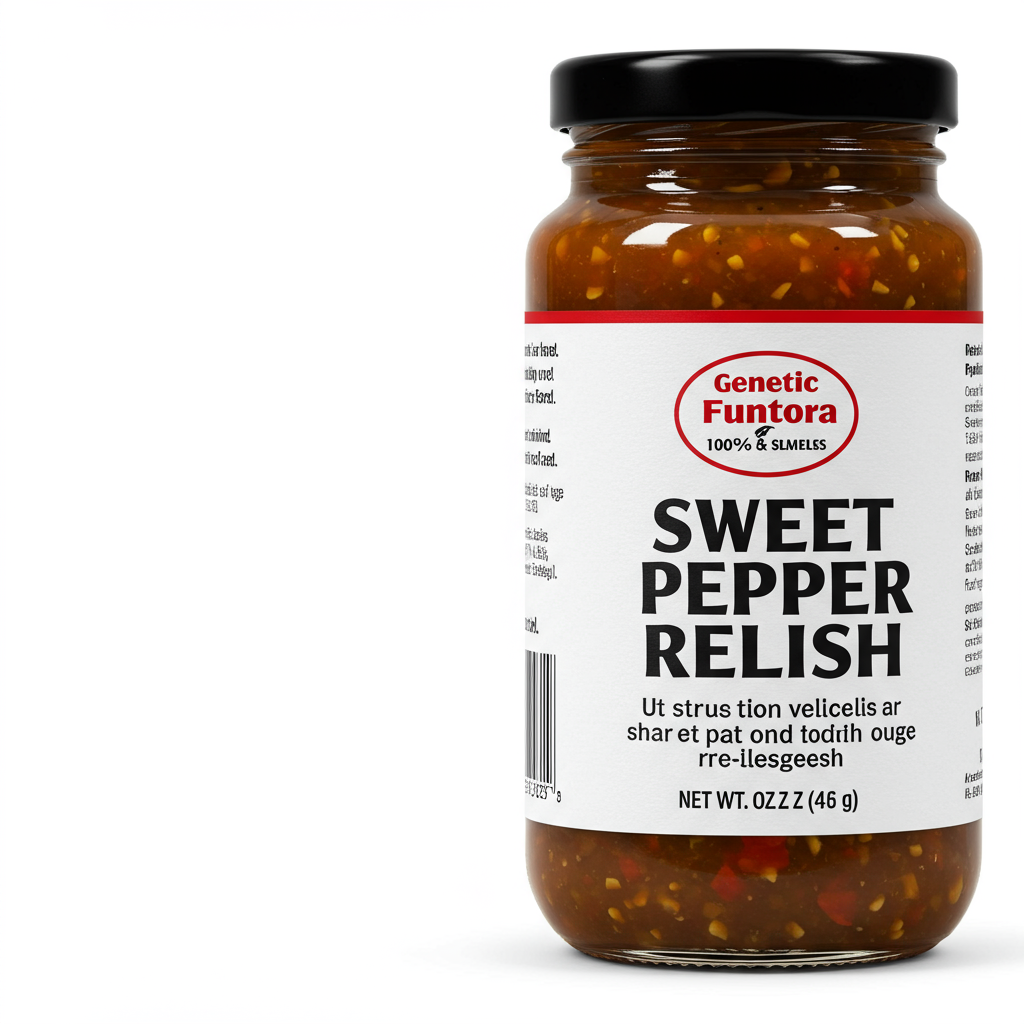
Sweet Pepper Relish
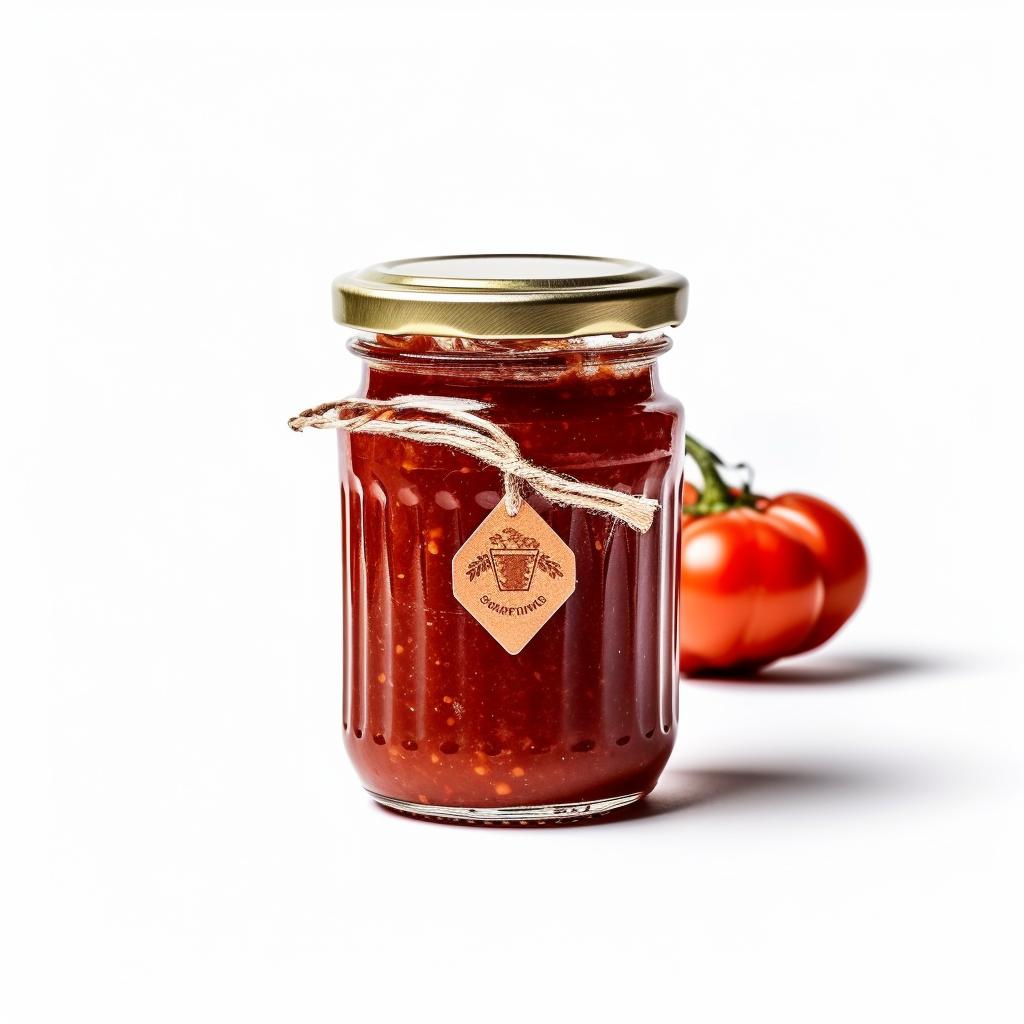
Tomato Jam

Cranberry Relish

Lime Relish

Mango Relish

Onion Jam

Piccalilli Relish
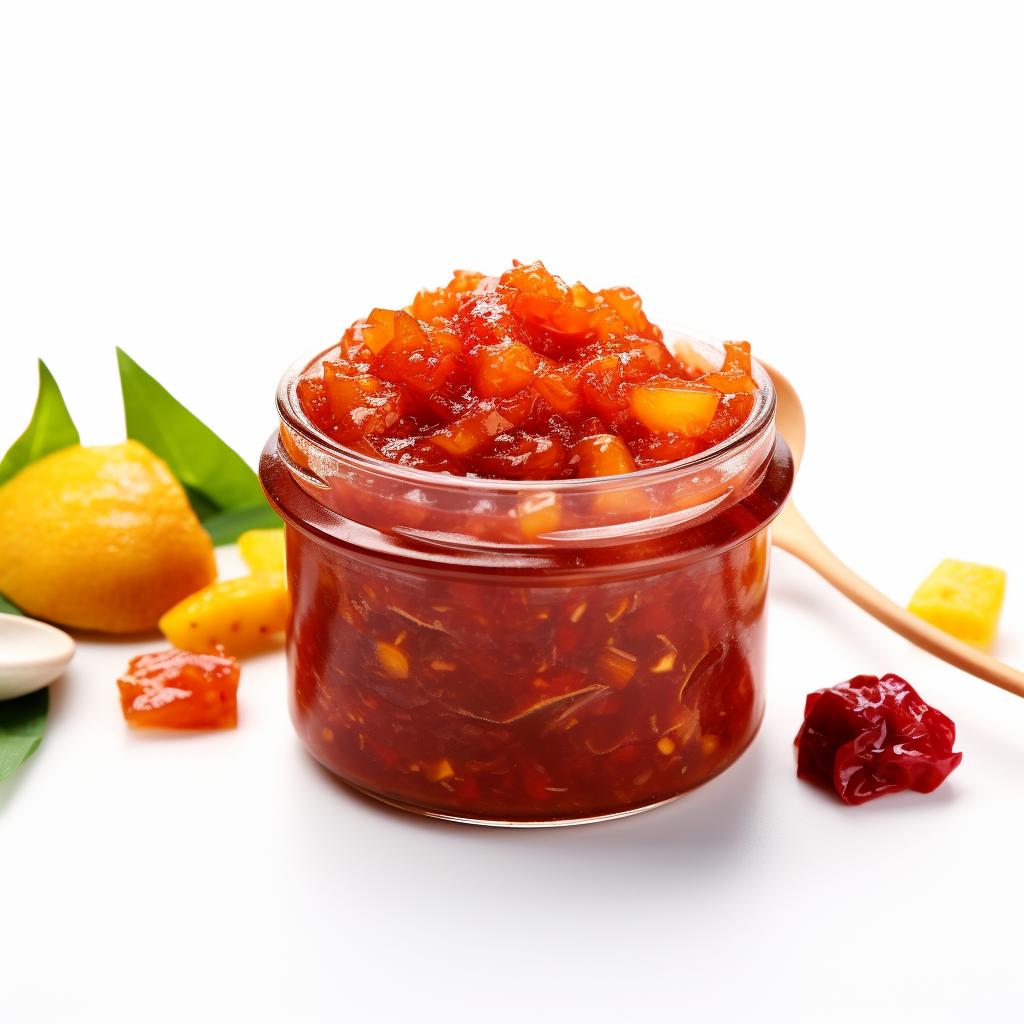
Relish
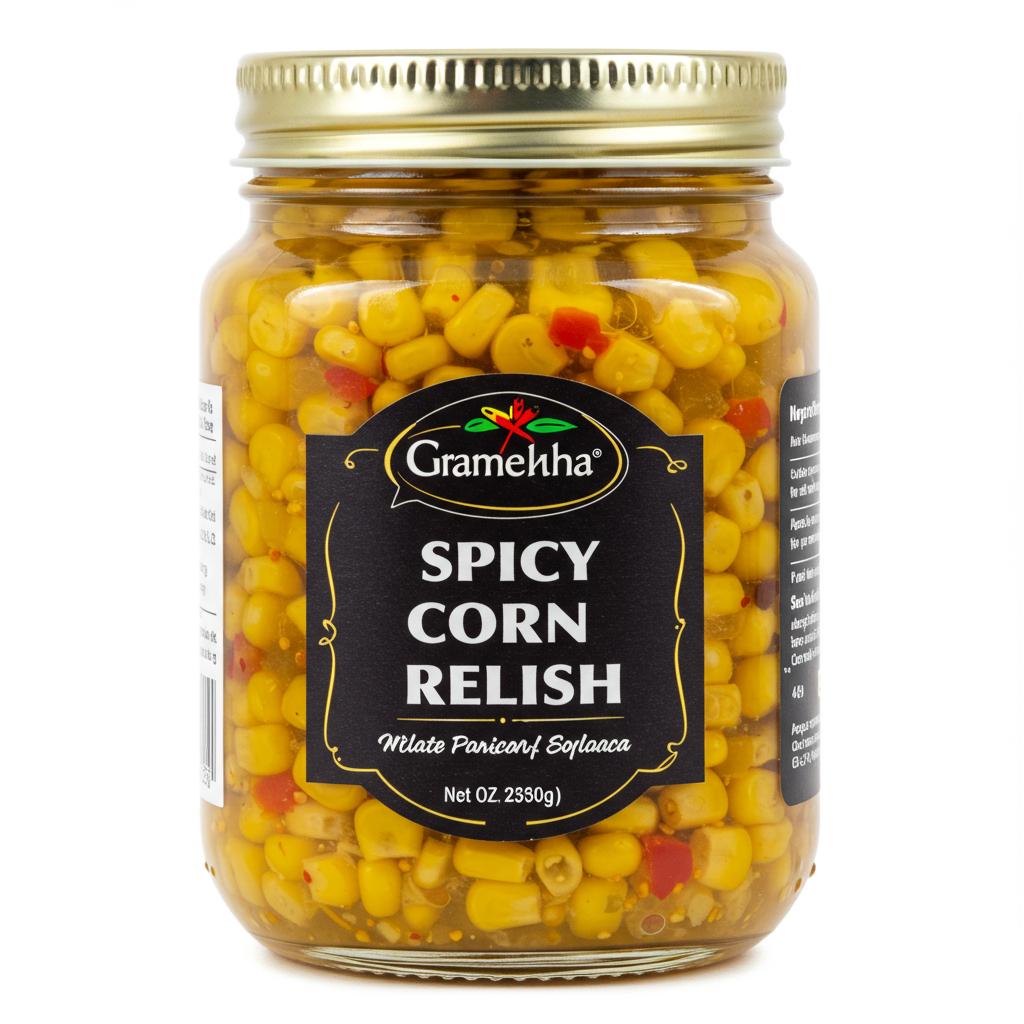
Spicy Corn Relish

Spicy Mango Relish
See All
Health Info
Macros
7g
CARBS
0g
FAT
0g
PROTEIN
Allowed on these diets
LOW FAT
HIGH CALCIUM
VEGETARIAN
VEGAN
LACTOSE FREE
GLUTEN FREE

